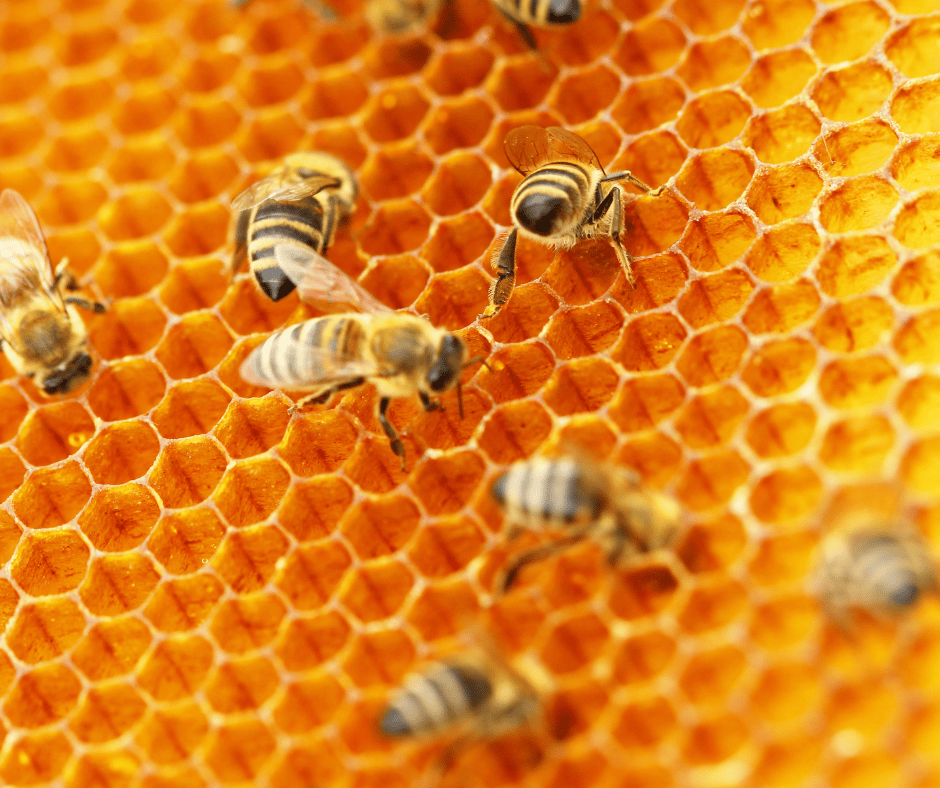By synchronizing their tummies in the air, large honeybees can create rippling waves across their open colonies. Apprehending predators appear to avoid approaching near a shimmering display.

In the September Journal of Experimental Biology, researchers report that shimmering is strongest when shown a dark object against a light background under bright ambient light. The experimental setup simulates animals such as hornets–one of the bees’ main predators–flying against the bright sky; and demonstrates what visual cues prompt this reaction in bees.
Kavitha Kannan, a neurobiologist at the University of Konstanz in Germany who was not involved in the study says that this behavior is intriguing as it might be one way for animals to communicate and warn others that they are capable of defending themselves.
In regions such as tree branches and window ledges, huge honeybees, such as Apis dorsata, usually build open nests that are exposed. In the current study, behavioral ecologist Sajesh Vijayan worked with two nests in roof rafters.
Sajesh Vijayan, a behavioral ecologist, positioned black cardboard discs of various sizes against a gray or black background while standing near the hives. When a black disc was moved against the gray backdrop, the bees shimmered; however, when contrast was turned around, they did not.
“I don’t know. It’s possible that they’re showing off because the black-on-gray configuration looks like a natural predator or a natural state,” Sajesh explains, referring to the fact that these are open-nesting colonies in which chickens are always exposed to harsh sunlight.
Little glimmering was observed during the early morning and late evening twilight periods. Because shimmering is a defensive reaction intended to be seen by a predator or another undesirable visitor, such as a rival colony’s bee, the scientists believe that other defensive actions may be in play during limited lighting conditions.
Sajesh thinks that the shimmering is specific to hornets since it hasn’t been observed in other birds. When bees detect approaching birds, they instead sting in self-defense. This might be the case because the bird appears enormous against the bee and looks dangerous.
When the bees were given a circle four centimeters in diameter, sparkling vanished completely in both hives. According to the findings, there is a minimum size threshold that causes ripples.

Shimmering strength continued to impress even when the bees were exposed to dangerous artificial situations repeatedly. It might be helpful for them to stay awake and watchful against predators like hornets, which often make return visits.
The study notably does not mention how, exactly, the bees are perceiving the objects. “They could be actually seeing this object moving, or they could just be responding to a reduction in their visual field,” Sajesh says.
The researchers intend to look at it further. They’re also working on experiments with LED screens to change the background colors and patterns, as well as the object forms, in order to figure out what kinds of shapes and motions might be important to the bees.
